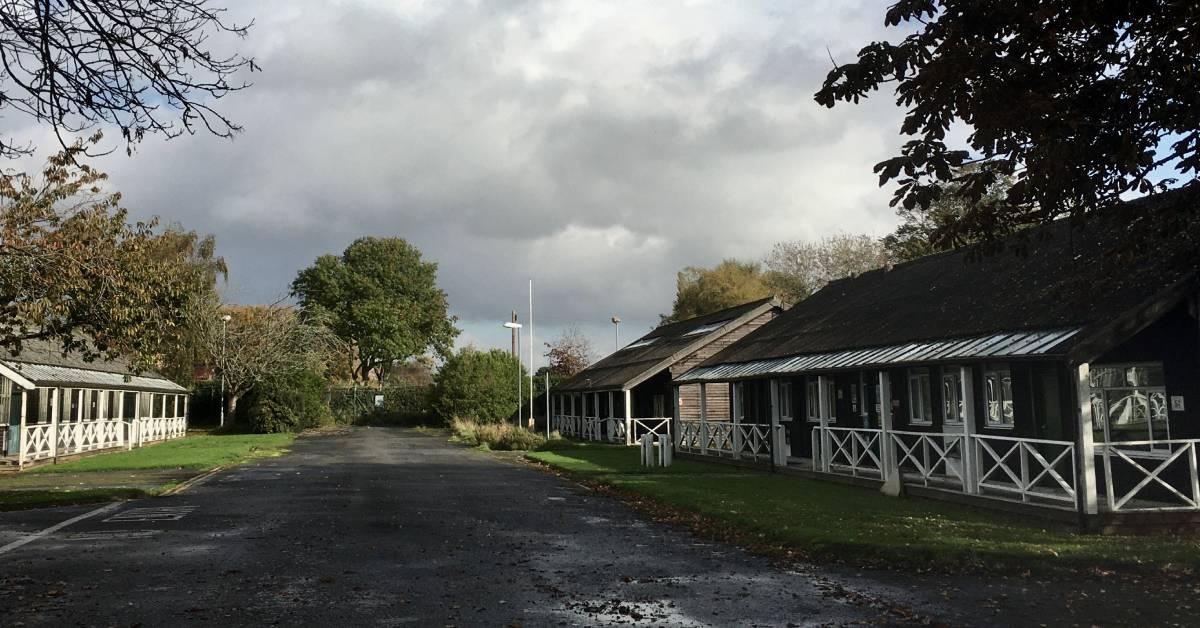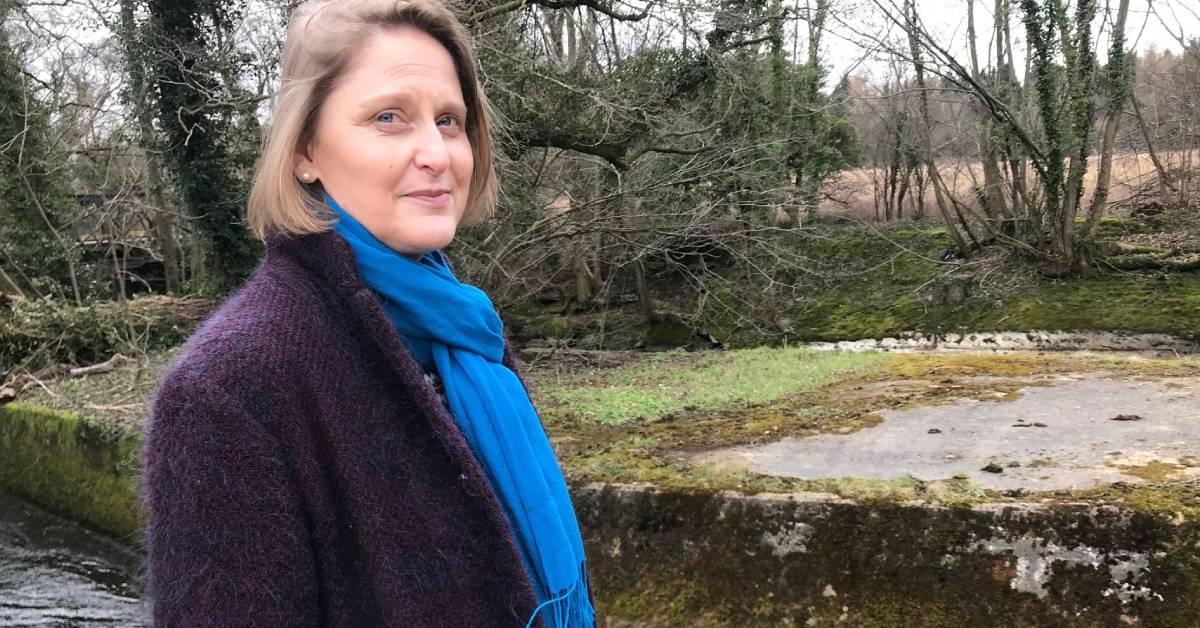Subscribe to trusted local news
In a time of both misinformation and too much information, quality journalism is more crucial than ever. By subscribing, you can help us get the story right.
- Subscription costs less than £1 a week with an annual plan.
Already a subscriber? Log in here.
26
Mar 2023
Priceless military heritage to be protected at Ripon development site

Fears that priceless elements of Ripon's rich military heritage could be flattened to make way for the 1,300-home Clotherholme scheme have been allayed.
Jane Furse, a trustee of the Ripon Military Heritage Trust, which has plans to create heritage trails on the development site, told the Stray Ferret:
Minutes of Harrogate Borough Council's February 23 planning meeting at which Homes England was seeking outline approval to progress development of the huge Clotherholme scheme, confirm that the huts and other structures will have protection.
Under the provisions of a Section 106 agreement the developer is required to put in place a strategy to 'secure military heritage within the site.'

Jane Furse of Ripon Military Heritage Trust pictured at the barracks site
The planning meeting minutes also say:
Ms Furse, an architectural historian and former inspector of historic buildings with English Heritage (now Historic England) pointed out:
Bomb disposal and the American connection
The wooden huts at Deverell Barracks are of heritage importance, because they are identical to ones that were located at the nearby Harper Barracks which became the home of the Royal Engineers' School of Bomb Disposal in 1941.
Setting up of the national school in Ripon, soon saw Royal Engineers based in the city providing vital training and passing on know-how to the Americans, in the wake of Japan's attack on Pearl Harbour, the USA naval base.
Ms Furse said:
The expertise gained from the Royal Engineers in Ripon subsequently saw Major Kane set up the USA's first Bomb Disposal School in Maryland.
Read more:
- Made in Chelsea star in Ripon marathon fundraiser
- Free entry to heritage attractions in the Ripon area
0